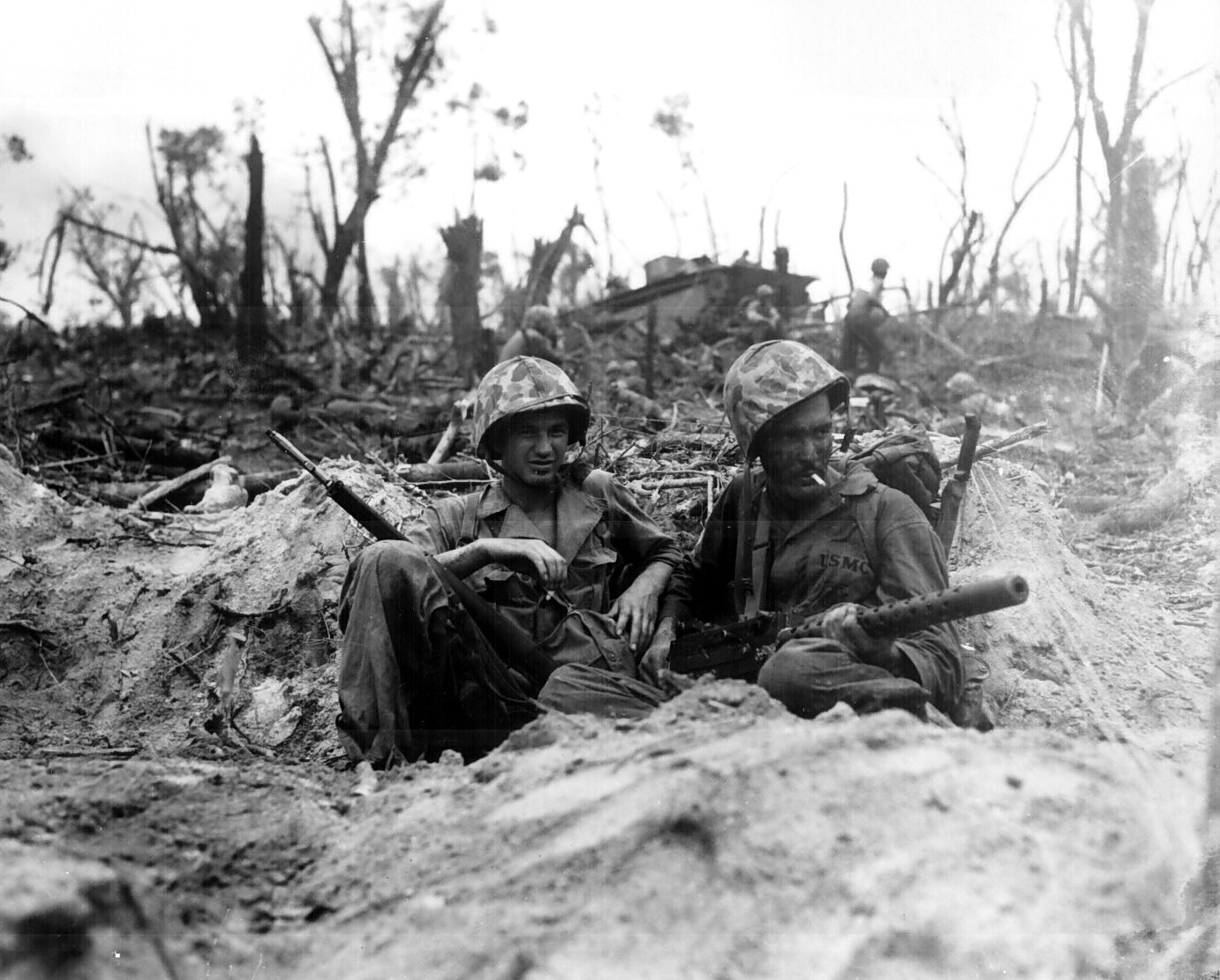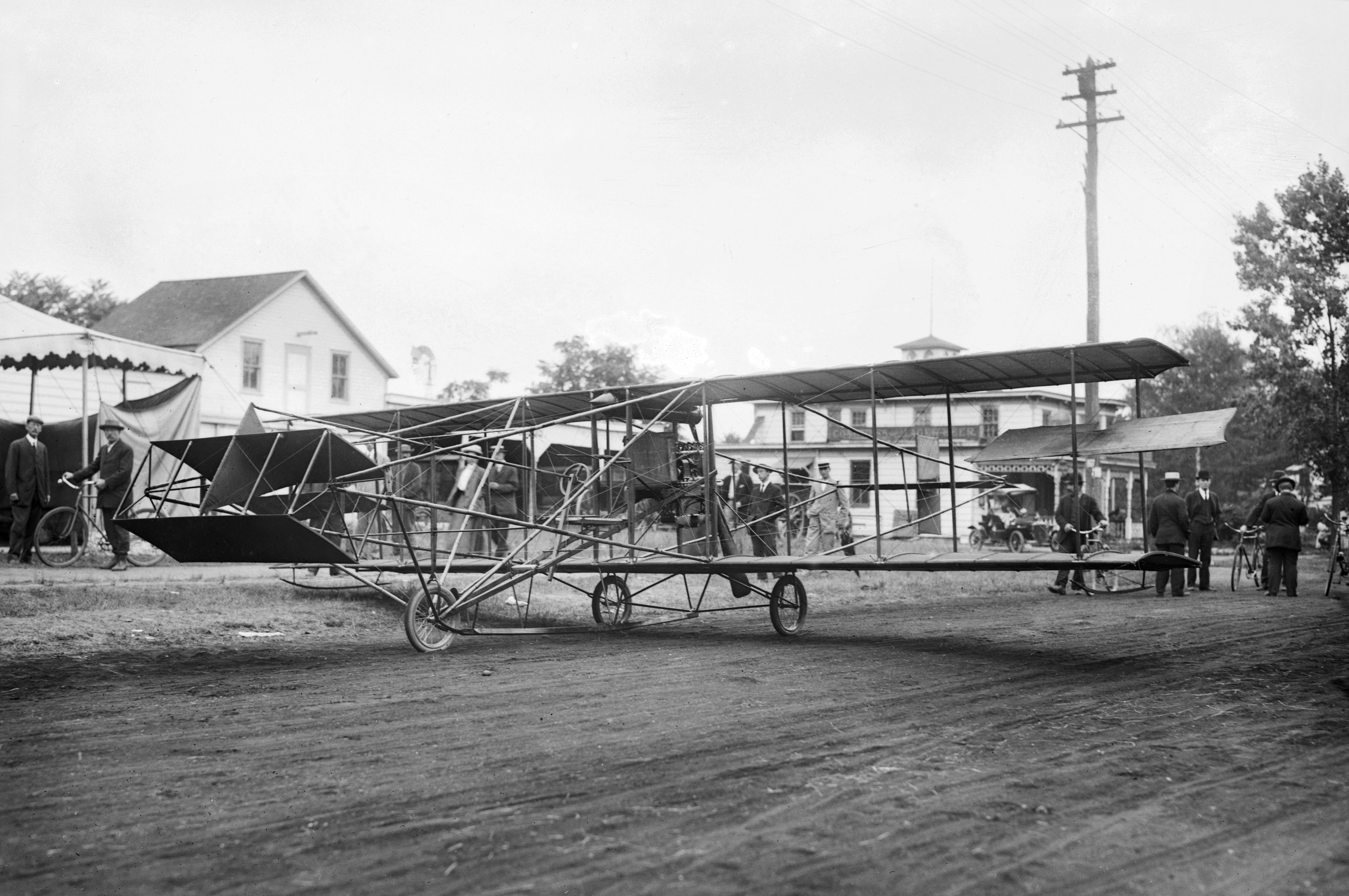|
Curtiss P-37
The Curtiss YP-37 was an American fighter aircraft developed by Curtiss-Wright in the late 1930s for the United States Army Air Corps (USAAC). A derivative of the Curtiss P-36 Hawk, the YP-37 was designed to improve performance by replacing the P-36's radial engine with a turbo-supercharged, liquid-cooled Allison V-1710 inline engine, resulting in a lengthened fuselage and a rearward-shifted cockpit. Although it demonstrated promising speed, the aircraft suffered from unreliable turbo-superchargers and poor visibility, leading to its cancellation after 14 units were built. The project was abandoned in favor of the more practical Curtiss P-40 Warhawk. Design and development In early 1937, recognizing the P-36 Hawk's inferiority to emerging European fighters like the Supermarine Spitfire and Messerschmitt Bf 109, the USAAC sought to enhance its fighter capabilities. Curtiss was tasked with adapting a P-36 airframe to use a turbo-supercharged Allison V-1710-11 engine, producing . ... [...More Info...] [...Related Items...] OR: [Wikipedia] [Google] [Baidu] |
WikiProject Aircraft
A WikiProject, or Wikiproject, is an affinity group for contributors with shared goals within the Wikimedia movement. WikiProjects are prevalent within the largest wiki, Wikipedia, and exist to varying degrees within Wikimedia project, sibling projects such as Wiktionary, Wikiquote, Wikidata, and Wikisource. They also exist in different languages, and translation of articles is a form of their collaboration. During the COVID-19 pandemic, CBS News noted the role of Wikipedia's WikiProject Medicine in maintaining the accuracy of articles related to the disease. Another WikiProject that has drawn attention is WikiProject Women Scientists, which was profiled by ''Smithsonian Magazine, Smithsonian'' for its efforts to improve coverage of women scientists which the profile noted had "helped increase the number of female scientists on Wikipedia from around 1,600 to over 5,000". On Wikipedia Some Wikipedia WikiProjects are substantial enough to engage in cooperative activities with outsi ... [...More Info...] [...Related Items...] OR: [Wikipedia] [Google] [Baidu] |
M1919 Browning Machine Gun
The M1919 Browning is a .30-06 Springfield, .30 caliber medium machine gun that was widely used during the 20th century, especially during World War II, the Korean War, and the Vietnam War. The M1919 saw service as a light infantry, coaxial weapon, coaxial, mounted, aircraft, and anti-aircraft machine gun by the U.S and many other countries. The M1919 was an air-cooled development of the standard U.S. machine gun of World War I, the John Browning, John M. Browning-designed water-cooled M1917 Browning machine gun, M1917. The emergence of general-purpose machine guns in the 1950s pushed the M1919 into secondary roles in many cases, especially after the arrival of the M60 machine gun, M60 in US Army service. The United States Navy also converted many to 7.62 mm NATO and designated them Mk 21 Mod 0; they were commonly used on riverine craft in the 1960s and 1970s in Vietnam. Many NATO countries also converted their examples to 7.62 mm caliber, and these remained in service well ... [...More Info...] [...Related Items...] OR: [Wikipedia] [Google] [Baidu] |
Aircraft First Flown In 1937
An aircraft ( aircraft) is a vehicle that is able to fly by gaining support from the air. It counters the force of gravity by using either static lift or the dynamic lift of an airfoil, or, in a few cases, direct downward thrust from its engines. Common examples of aircraft include airplanes, rotorcraft (including helicopters), airships (including blimps), gliders, paramotors, and hot air balloons. Part 1 (Definitions and Abbreviations) of Subchapter A of Chapter I of Title 14 of the U. S. Code of Federal Regulations states that aircraft "means a device that is used or intended to be used for flight in the air." The human activity that surrounds aircraft is called ''aviation''. The science of aviation, including designing and building aircraft, is called ''aeronautics.'' Crewed aircraft are flown by an onboard pilot, whereas unmanned aerial vehicles may be remotely controlled or self-controlled by onboard computers. Aircraft may be classified by different criteria, such as ... [...More Info...] [...Related Items...] OR: [Wikipedia] [Google] [Baidu] |
Low-wing Aircraft
A monoplane is a fixed-wing aircraft configuration with a single mainplane, in contrast to a biplane or other types of multiplane (aeronautics), multiplanes, which have multiple wings. A monoplane has inherently the highest efficiency and lowest drag of any wing configuration and is the simplest to build. However, during the early years of flight, these advantages were offset by its greater weight and lower manoeuvrability, making it relatively rare until the 1930s. Since then, the monoplane has been the most common form for a fixed-wing aircraft. Characteristics Support and weight The inherent efficiency of the monoplane is best achieved in the cantilever wing, which carries all structural forces internally. However, to fly at practical speeds the wing must be made thin, which requires a heavy structure to make it strong and stiff enough. External Bracing (aeronautics), bracing can be used to improve structural efficiency, reducing weight and cost. For a wing of a given size, ... [...More Info...] [...Related Items...] OR: [Wikipedia] [Google] [Baidu] |
1930s United States Fighter Aircraft
Year 193 ( CXCIII) was a common year starting on Monday of the Julian calendar. At the time, it was known as the Year of the Consulship of Sosius and Ericius (or, less frequently, year 946 ''Ab urbe condita''). The denomination 193 for this year has been used since the early medieval period, when the Anno Domini calendar era became the prevalent method in Europe for naming years. Events By place Roman Empire * January 1 – Year of the Five Emperors: The Roman Senate chooses Publius Helvius Pertinax, against his will, to succeed the late Commodus as Emperor. Pertinax is forced to reorganize the handling of finances, which were wrecked under Commodus, to reestablish discipline in the Roman army, and to suspend the food programs established by Trajan, provoking the ire of the Praetorian Guard. * March 28 – Pertinax is assassinated by members of the Praetorian Guard, who storm the imperial palace. The Empire is auctioned off; Marcus Didius Julianus the highest ... [...More Info...] [...Related Items...] OR: [Wikipedia] [Google] [Baidu] |
Curtiss Aircraft
The Curtiss Aeroplane and Motor Company (1909–1929) was an American aircraft manufacturer originally founded by Glenn Hammond Curtiss and Augustus Moore Herring in Hammondsport, New York. After significant commercial success in its first decades, it merged with the Wright Aeronautical to form Curtiss-Wright Corporation. History Origin In 1907, Glenn Curtiss was recruited by the scientist Dr. Alexander Graham Bell as a founding member of Bell's Aerial Experiment Association (AEA), with the intent of establishing an aeronautical research and development organization. According to Bell, it was a "co-operative scientific association, not for gain but for the love of the art and doing what we can to help one another."Milberry 1979, p 13. In 1909, shortly before the AEA was disbanded, Curtiss partnered with Augustus Moore Herring to form the Herring-Curtiss Company.Gunston 1993, p. 87. It was renamed the Curtiss Aeroplane Company in 1910 and reorganized in 1912 after being ... [...More Info...] [...Related Items...] OR: [Wikipedia] [Google] [Baidu] |
Curtiss P-60
The Curtiss P-60 was a 1940s American single-engine single-seat, low-wing monoplane fighter aircraft developed by the Curtiss-Wright company as a successor to its Curtiss P-40, P-40. It went through a lengthy series of prototype versions, eventually evolving into a design that bore little resemblance to the P-40. None of these versions reached production. Design and development Following rejection of the XP-46, Curtiss put forward its Model 88 in proposals to the United States Army Air Corps. The proposal was for an aircraft using the P-40D fuselage and tail assembly with a low drag NACA laminar flow wing, the (at the time under development) Continental XI-1430, Continental I-1430-3 inverted V-12 engine, and eight wing-mounted 0.5 in (12.7 mm) machine guns. This proposal was accepted and a contract for two prototypes was issued on 1 October 1940 with the aircraft designated XP-53. Within two months the Army Air Corps contacted Curtiss for an aircraft with a laminar win ... [...More Info...] [...Related Items...] OR: [Wikipedia] [Google] [Baidu] |
Curtiss XP-46
The Curtiss XP-46 was a 1940s American prototype fighter aircraft. It was a development of the Curtiss-Wright Corporation in an effort to introduce the best features found in European fighter aircraft in 1939 into a fighter aircraft which could succeed the Curtiss P-40, then in production. Design and development A United States Army Air Corps (USAAC) specification based upon a Curtiss proposal was the basis for an order placed in September 1939 for the XP-46. The requirements called for a single-engine, low-wing aircraft, slightly smaller than the P-40, and with a wide-track, inward-retracting landing gear. The selected powerplant was a 1,150 hp (858 kW) Allison V-1710-39 V-12 engine. The planned armament included two .50 in (12.7 mm) synchronized machine guns in the forward fuselage and provisions for eight .30 in (7.62 mm) wing-mounted guns. The USAAC later added requirements for self-sealing fuel tanks and 65 lb (29 kg) of armor, the we ... [...More Info...] [...Related Items...] OR: [Wikipedia] [Google] [Baidu] |
Curtiss XP-42
The Curtiss XP-42 was an experimental fighter built by Curtiss Aircraft in the late 1930s to research engine cooling and improving the performance of the Curtiss P-36 Hawk. Design and development The fourth production P-36 (serial 38-004) became a development platform for a direct successor, designated XP-42 by the USAAC. The XP-42 was powered by a Pratt & Whitney R-1830 "Twin Wasp" engine fitted with a longer, streamlined cowling and a large propeller spinner. These features attempted to improve the aerodynamics of the air-cooled radial engine. When the XP-42 first flew in March 1939, it proved to be faster than the P-36. However, the P-40 was faster still and the new nose cowling caused engine cooling problems that proved to be unresolvable, despite at least 12 sets of modifications, which ultimately resulted in a shorter and less streamlined cowling closely resembling the original P-36 Hawk. The XP-42 project was canceled. However, the XP-42 prototype was retained as a test ... [...More Info...] [...Related Items...] OR: [Wikipedia] [Google] [Baidu] |
Allison V-1710-21
The Allison V-1710 aircraft engine designed and produced by the Allison Engine Company was the most common US-developed V-12 liquid-cooled engine in service during World War II. Versions with a turbocharger gave excellent performance at high altitude in the twin-engined Lockheed P-38 Lightning, and turbo-superchargers were fitted to experimental single-engined fighters with similar results. The United States Army Air Corps (USAAC) preference for turbochargers early in the V-1710's development program meant that less effort was spent on developing suitable mechanically driven centrifugal superchargers for the Allison V-12 design, as other V-12 designs from friendly nations like the British Rolls-Royce Merlin were already using. When smaller-dimensioned or lower-cost versions of the V-1710 were desired, they generally had poor performance at higher altitudes. Design and development The Allison Division of General Motors began developing an ethylene glycol-cooled engine in 19 ... [...More Info...] [...Related Items...] OR: [Wikipedia] [Google] [Baidu] |
NACA Airfoil
The NACA airfoil series is a set of standardized airfoil shapes developed by this agency, which became widely used in the design of aircraft wings. Origins NACA initially developed the numbered airfoil system which was further refined by the United States Air Force at Langley Research Center. According to the NASA website: Four-digit series The NACA four-digit wing sections define the profile by: # First digit describing maximum Camber (aerodynamics), camber as percentage of the Chord (aircraft), chord. # Second digit describing the distance of maximum camber from the airfoil leading edge in tenths of the chord. # Last two digits describing maximum thickness of the airfoil as percent of the chord. For example, the NACA 2412 airfoil has a maximum camber of 2% located 40% (0.4 chords) from the leading edge with a maximum thickness of 12% of the chord. The NACA 0015 airfoil is symmetrical, the 00 indicating that it has no camber. The 15 indicates that the airfoil has a 15% thick ... [...More Info...] [...Related Items...] OR: [Wikipedia] [Google] [Baidu] |








